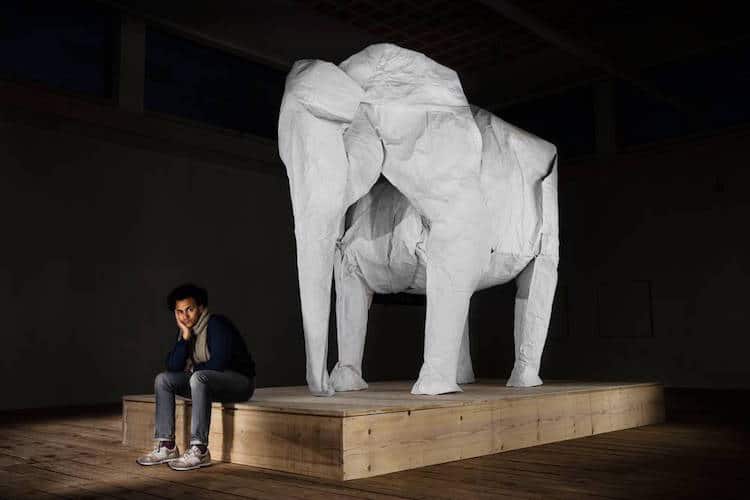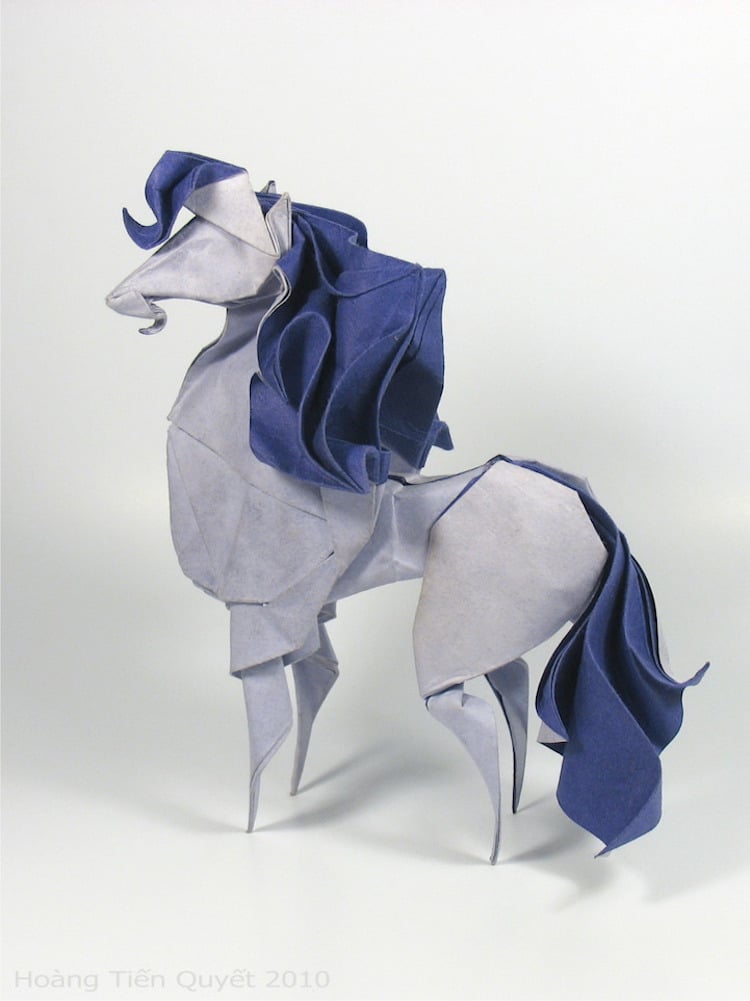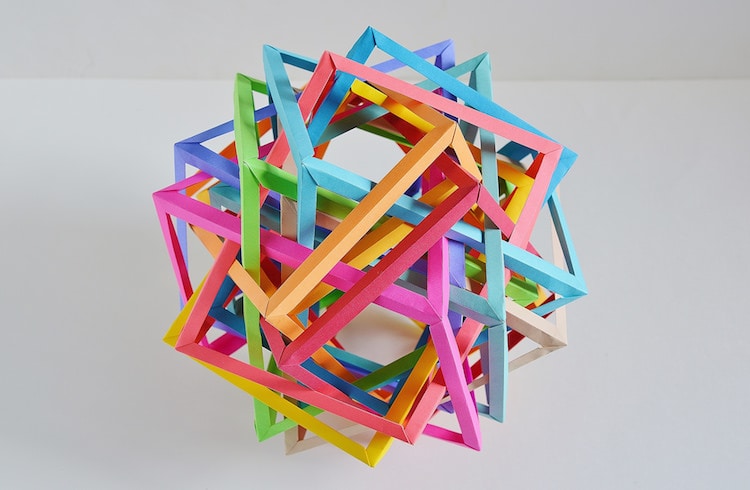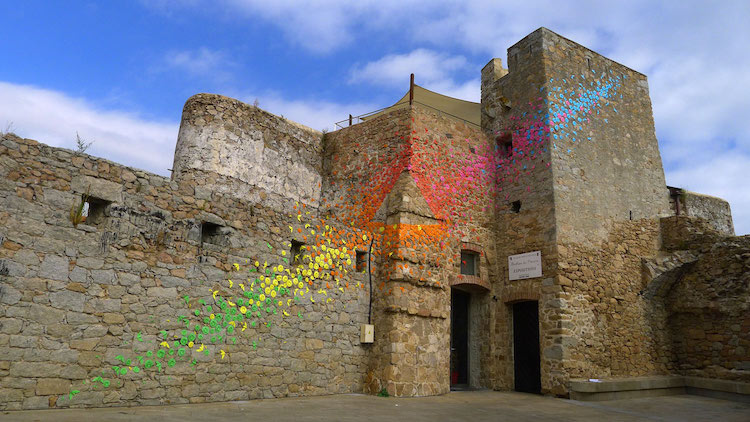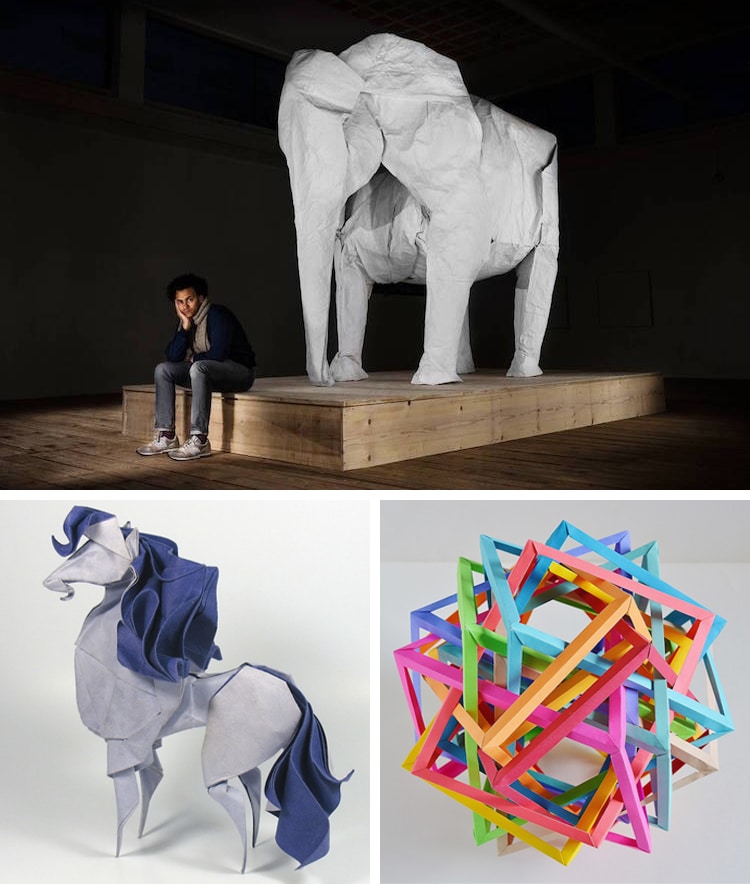
Origami is a years-old practice that many of us did as children—learning how to create folded paper boxes and cranes. But there’s much more to this craft than a child’s past time. This artistic tradition is being used by contemporary artists who are continually pushing the boundaries of what’s possible with paper.
So, just what is the history of origami and who are these artists using the craft to create cutting edge origami artwork? A compound word, origami is formed from the Japanese words for fold (ori) and paper (kami). It’s not entirely clear when origami was invented, but in the 6th-century, paper was brought to Japan by Buddhist monks, and with that came folding. At the time, paper was a luxury commodity, and origami was sometimes used during Shinto ceremonies.
However, the development of origami was not limited to Asia. Independently, paper folding was also developing in Spain due to the influence of the Arabic community in the 12th century. Using folded paper to express geometric forms, these roots developed into the popular Spanish art form of papiroflexia.
Modern origami owes much to a singular figure who revolutionized the artform. Akira Yoshizawa was a grandmaster of origami whose book of new models, published in the 1950s, changed the way people practiced the craft. His standard set of models and diagrams are still used today and international exhibitions of his work helped bring origami to new audiences. He also pioneered the wet-fold technique, a now popular method where paper is slightly dampened. The result is origami that retains a more sculptural appearance.
As we look toward the artists who are pioneering the art today, a constant thread is that many have backgrounds in mathematics and science. How does origami relate to math? In reality, paper folding is often used to solve mathematic equations and devise geometric constructions. Origami artists are constantly looking to develop new crease patterns and different shapes from a square piece of paper. These patterns and models are fiercely protected by artists, with lawsuits not uncommon for copyright infringement.
Now that you know a bit more about origami, let’s look at cutting-edge artists who are taking paper folding to new heights.
These cutting-edge origami artists will make sure you never see a piece of paper the same way again.
Sipho Mabona

READ MORE: Swarm of Locusts Made of Money
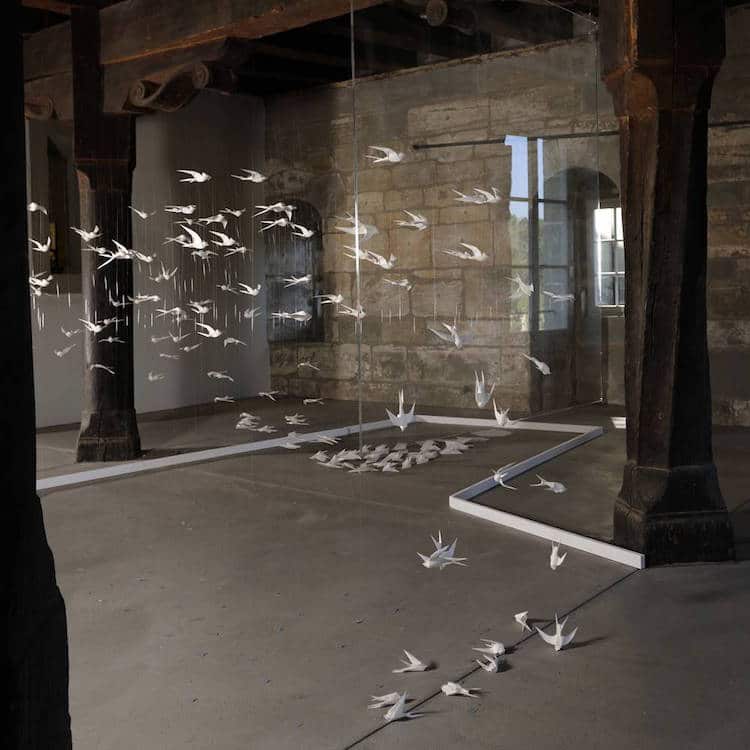 Sipho Mabona started his adventures in origami as many of us did—by folding a paper airplane. Since that time, the Swiss and South African artist has become a leader in the field. Whether sculpting life-sized animals or using money to create installations that speak on social issues, Mabona produces thought-provoking work.
Sipho Mabona started his adventures in origami as many of us did—by folding a paper airplane. Since that time, the Swiss and South African artist has become a leader in the field. Whether sculpting life-sized animals or using money to create installations that speak on social issues, Mabona produces thought-provoking work.
Robert J. Lang

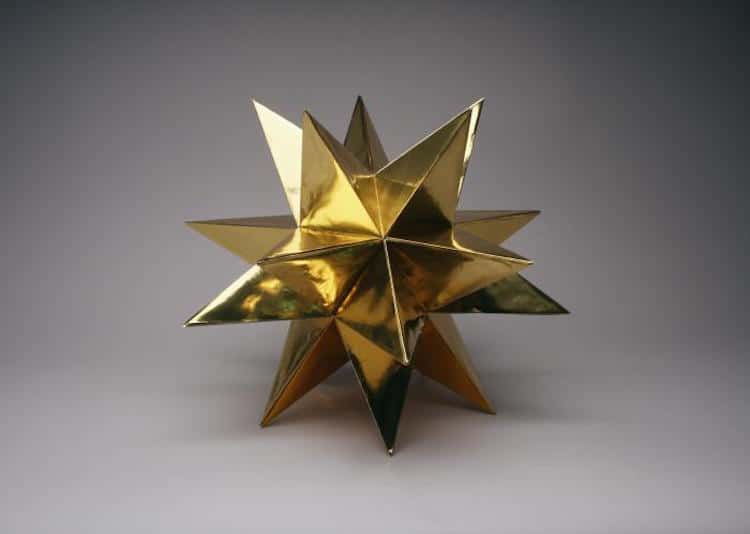
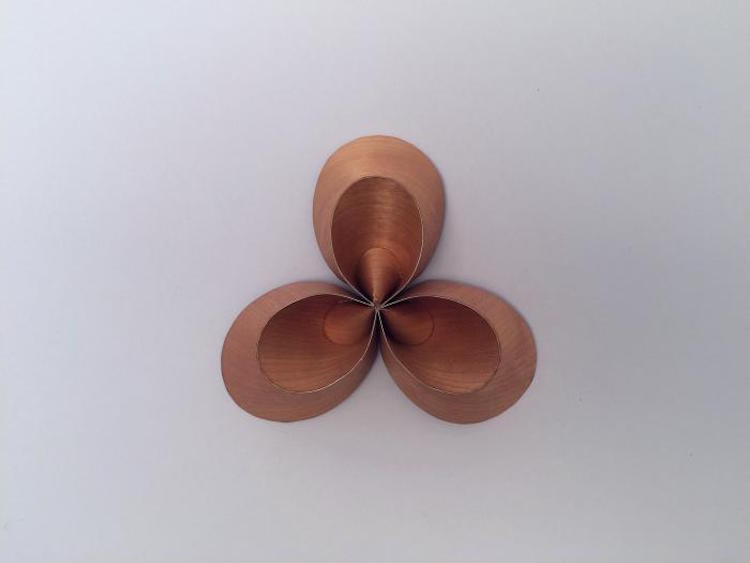 Robert J. Lang left his job as a laser physicist to pursue his 30-year origami hobby. Today he is one of the most esteemed artists in the field, using mathematics to develop innovative models. He’s used his knowledge to collaborate with scientists and engineers, using his understanding of folding techniques in airbag software, medical devices, and telescope optics.
Robert J. Lang left his job as a laser physicist to pursue his 30-year origami hobby. Today he is one of the most esteemed artists in the field, using mathematics to develop innovative models. He’s used his knowledge to collaborate with scientists and engineers, using his understanding of folding techniques in airbag software, medical devices, and telescope optics.
Goran Konjevod
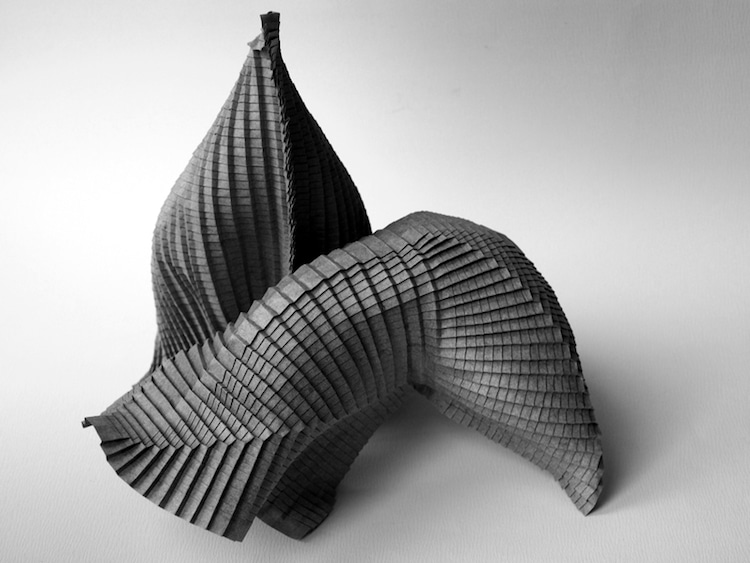
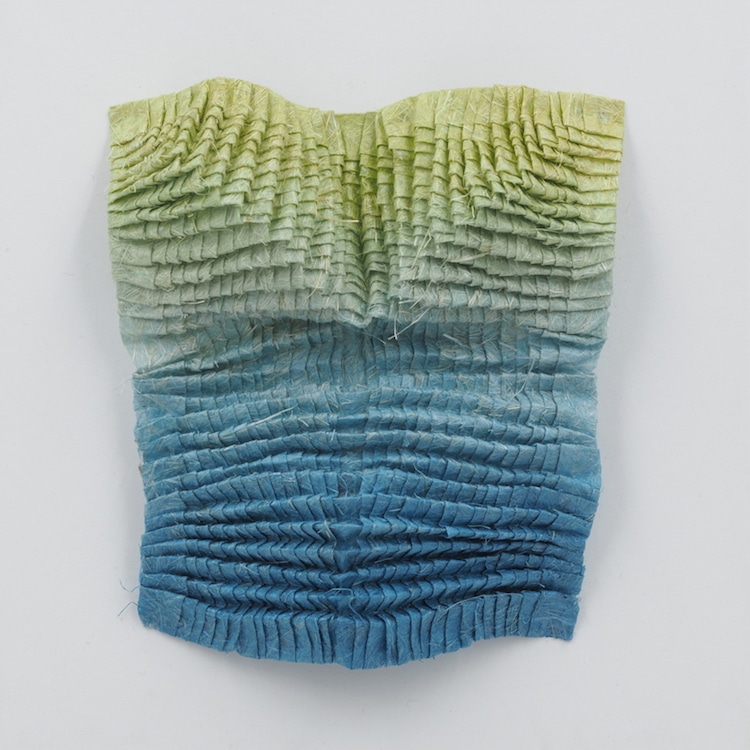
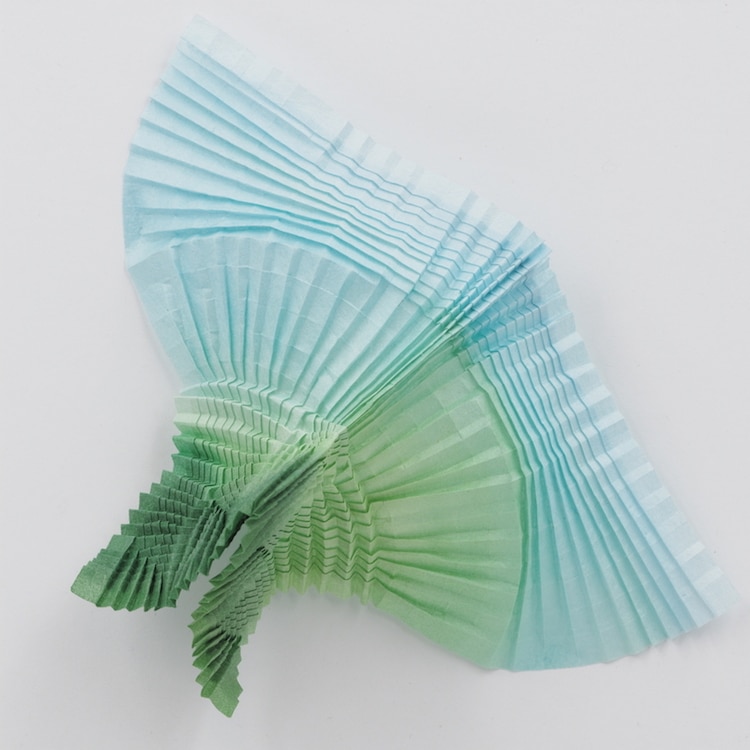

Croatian mathematician and computer scientist Goran Konjevod has produced delicate folded sculptures since pursuing origami as art in 2005. Abstract shapes formed from irregular patterns, his layered work relies on natural tension found in the paper.
Erik and Martin Demaine
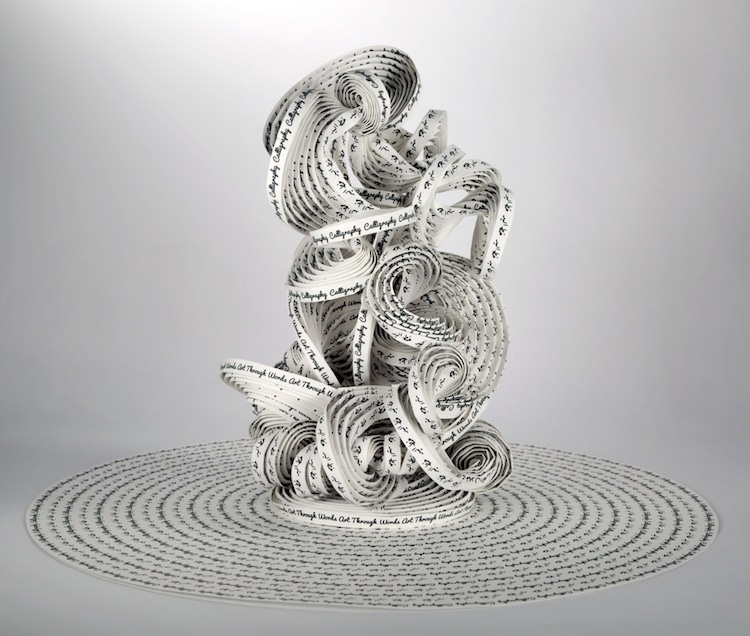

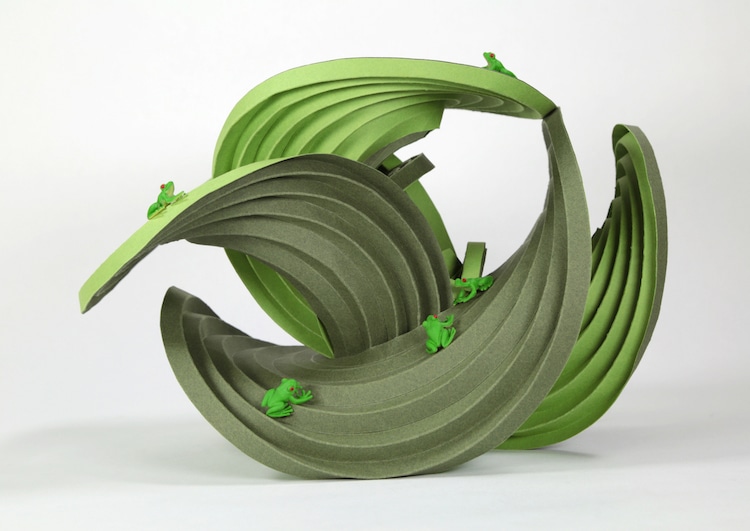
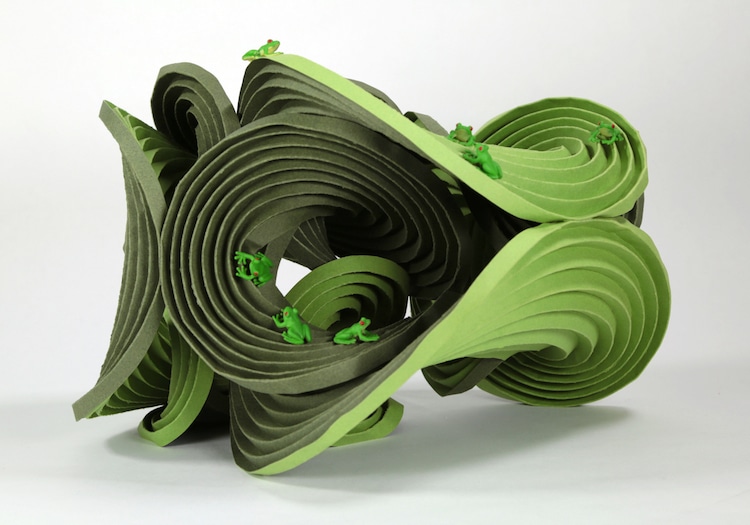 Erik Demaine, a professor at MIT, works with his artist father Martin Demaine on lush, curving folded paper sculptures. Collectively, their work is known as Curved-Crease Sculpture. They manipulate flat paper into swirling forms that “feel alive.” With his work at MIT, Erik Demaine explores origami applications in architecture, robotics, and molecular biology.
Erik Demaine, a professor at MIT, works with his artist father Martin Demaine on lush, curving folded paper sculptures. Collectively, their work is known as Curved-Crease Sculpture. They manipulate flat paper into swirling forms that “feel alive.” With his work at MIT, Erik Demaine explores origami applications in architecture, robotics, and molecular biology.
Jeannine Mosley
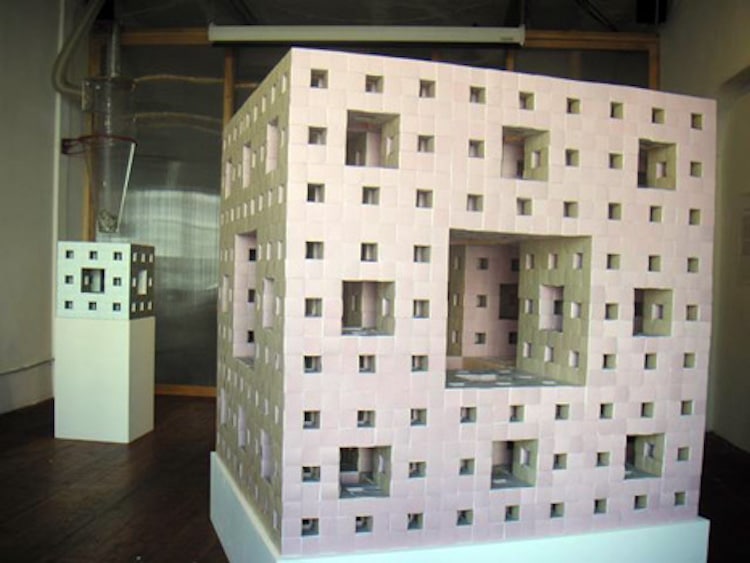
Image via IFF
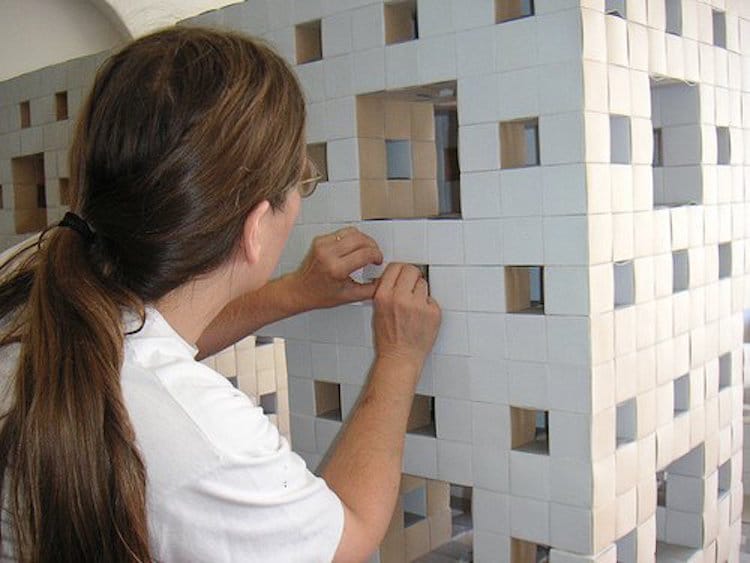
Jeannine Mosley, who received her Ph.D. from MIT, turned to unconventional materials for her origami—business cards. She is best known for her business card Menger Sponge, a mathematical fractal created by continually dividing each face of a cube into nine squares and removing the resulting smaller cube in the middle of each face and the center of the original cube. Over the course of 11 years, Mosley created a “level three” Menger Sponge from 66,000 business cards. Subsequently, she completed similar fractals such as the Mosely Snowflake Sponge.
Hoang Tien Quyet
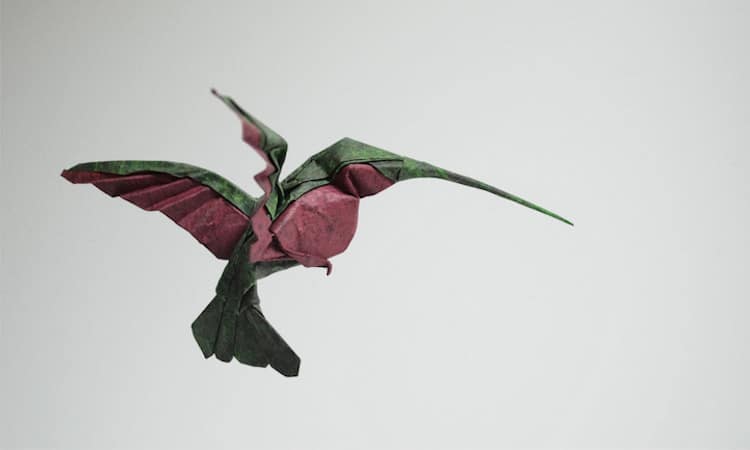
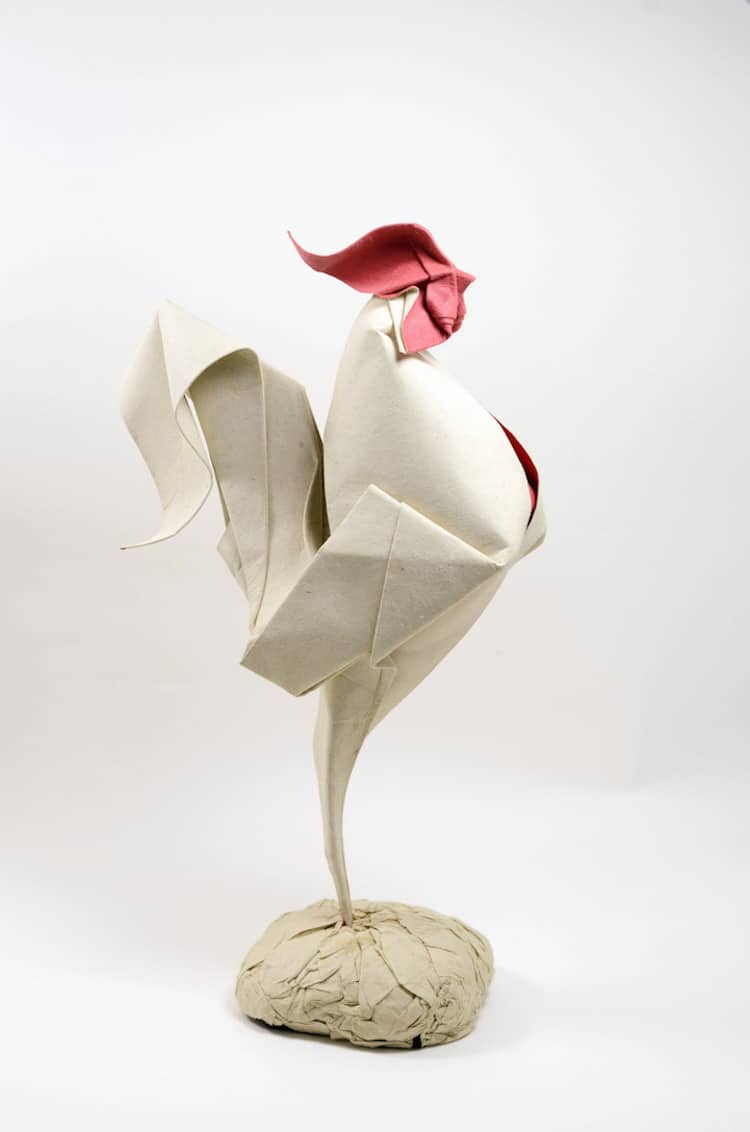 Hoang Tien Quyet carries on Akira Yoshizawa’s wet folding technique with his art. The Vietnamese artist focuses on sculpted animals, made all the more realistic through the detailed folding that the origami technique allows for. Quyet is a member of the Vietnam Origami Group along with Giang Dinh, who first introduced him to the wet fold method.
Hoang Tien Quyet carries on Akira Yoshizawa’s wet folding technique with his art. The Vietnamese artist focuses on sculpted animals, made all the more realistic through the detailed folding that the origami technique allows for. Quyet is a member of the Vietnam Origami Group along with Giang Dinh, who first introduced him to the wet fold method.
Giang Dinh
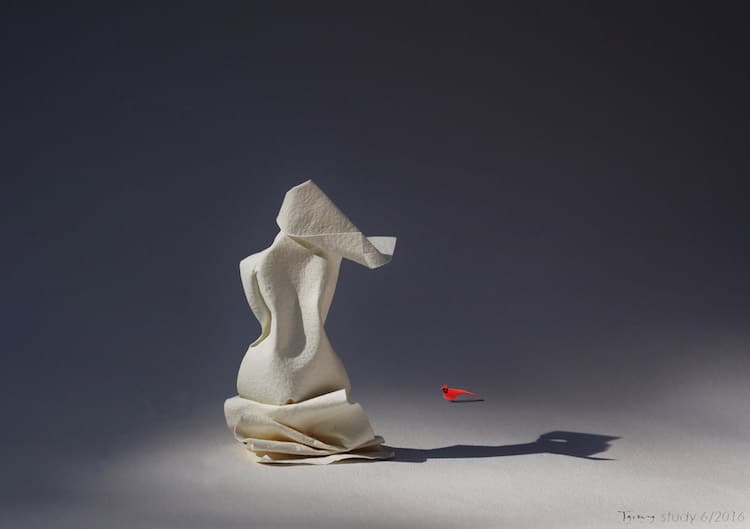
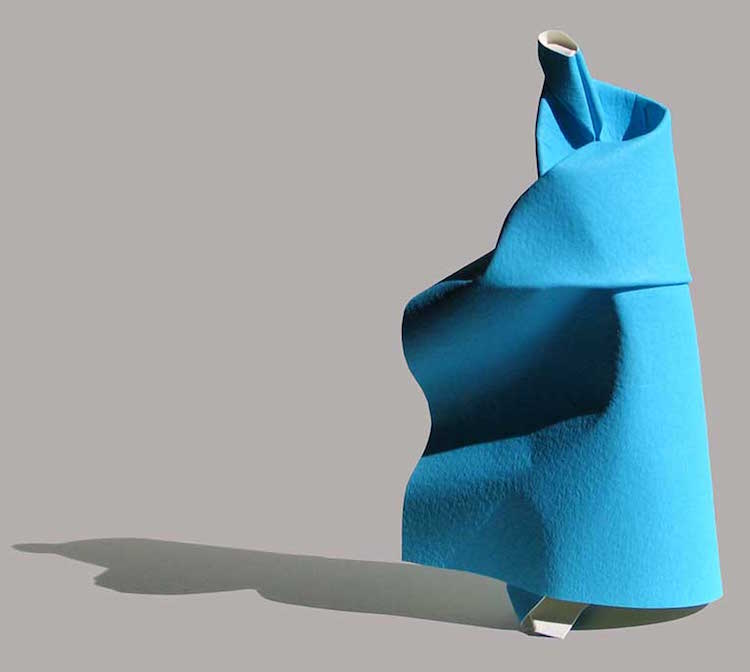
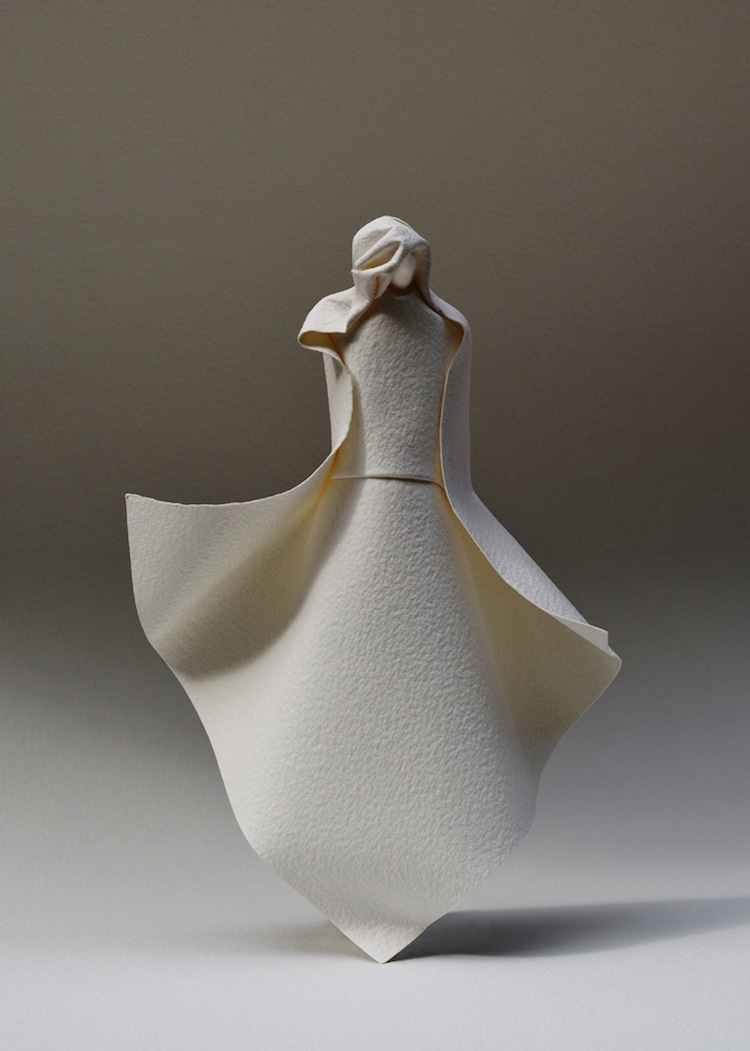
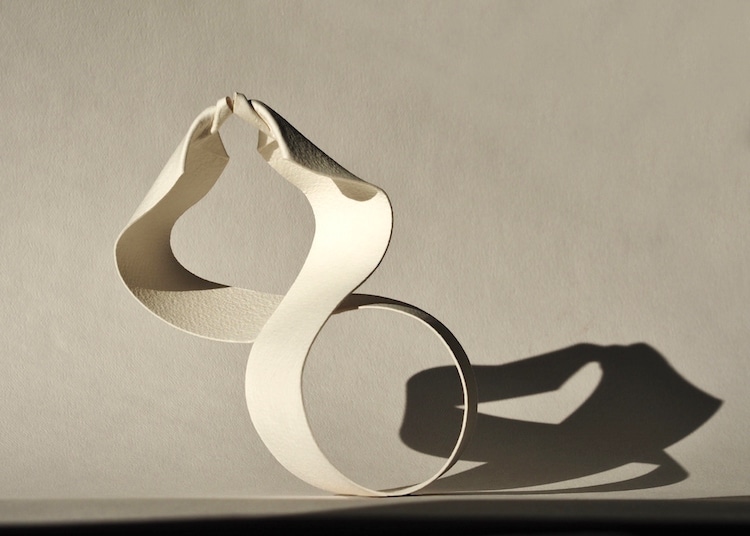
Vietnamese artist Giang Dinh‘s origami is known for its clean, crisp lines and delicate forms. His soft folds move like waves, curving to create spectacular shapes. By primarily using white paper, Dinh allows viewers to take in his tranquil origami sculptures.
Byriah Loper
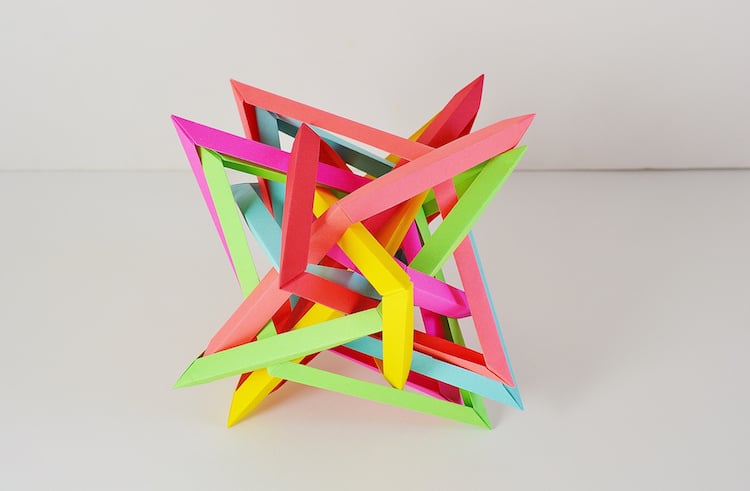
Paper artist Byriah Loper is relatively young compared to his peers, at just 21. His interlocking, geometric origami takes influence from masters like Tom Hull. In between college classes, Loper creates original origami designs and patterns, most of which are formed from interlocking geometric shapes.
Installation artists often use the power of paper folding to enhance their work, using it in scale for impressive results.
Mademoiselle Maurice
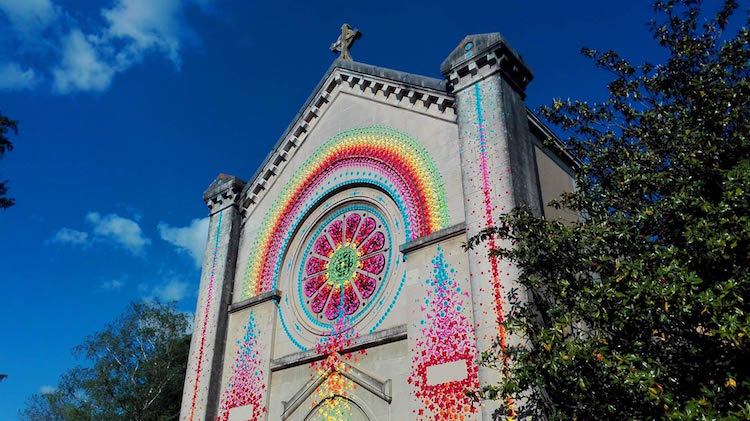
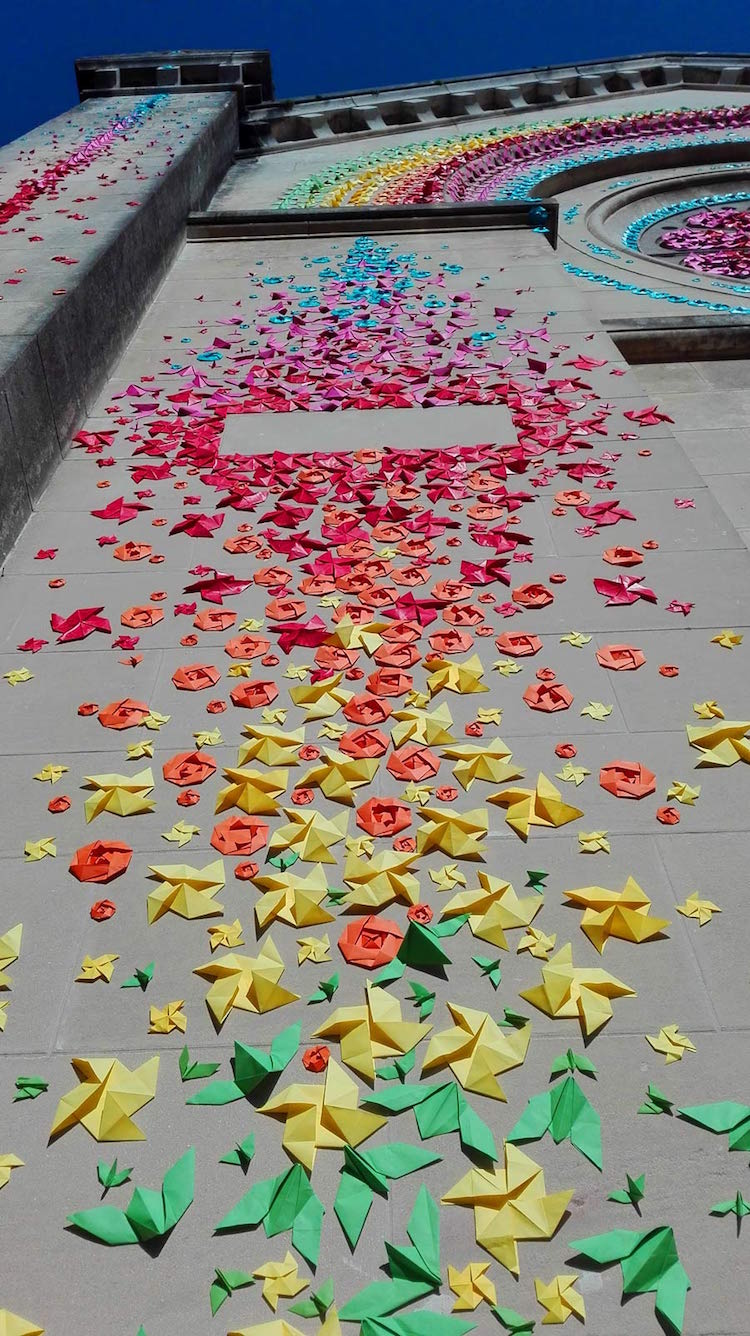
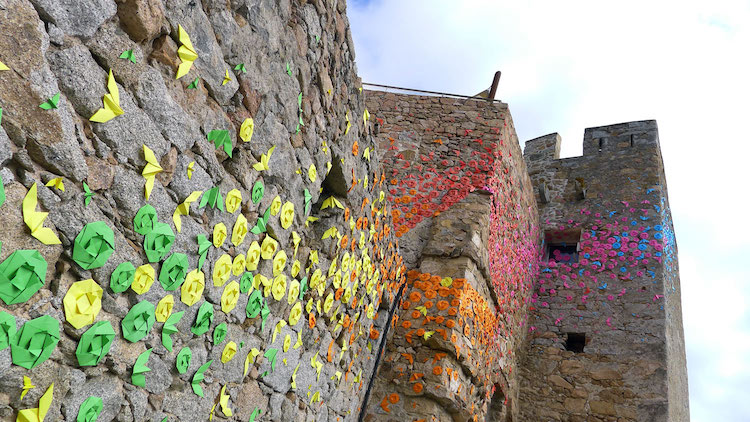
French street artist Mademoiselle Maurice employs simple origami shapes in large quantities for unique public installations. In 2016, she led a series of workshops with patients at the Ain psychotherapy center, which allowed patients and medical staff to assist her in folding paper that was then used to decorate a chapel.
Jacqui Symons

READ MORE: A Beautiful Rainbow Wave of Paper Origami
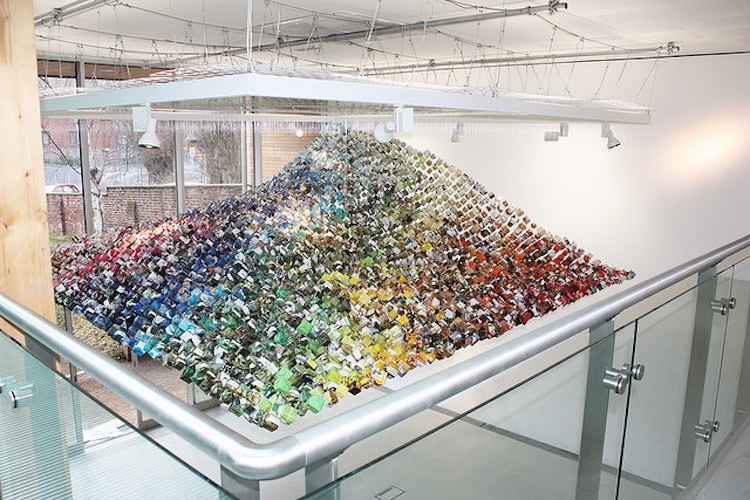

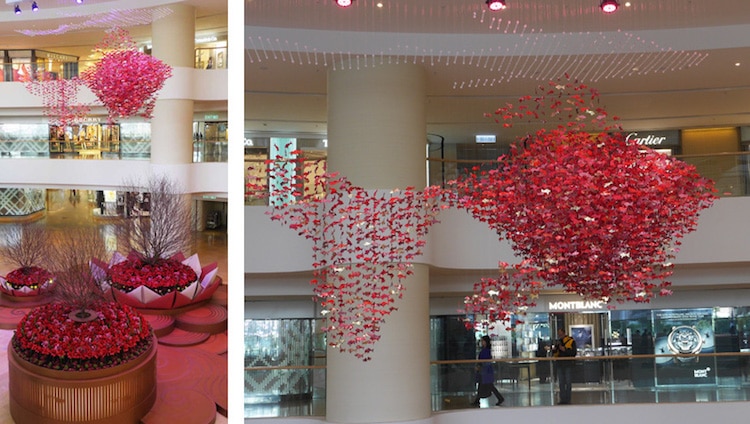

Artist and designer Jacqui Symons has used origami to great effect in creating large, immersive installations. As her work focuses on the influence of multiples and repetition, origami is the perfect method to work in scale. Whether creating a wave from 2,500 folded paper boxes or suspending 5,000 origami fish to celebrate the Chinese New Year, Symons is a master of manipulating paper for maximum impact.
James Roper
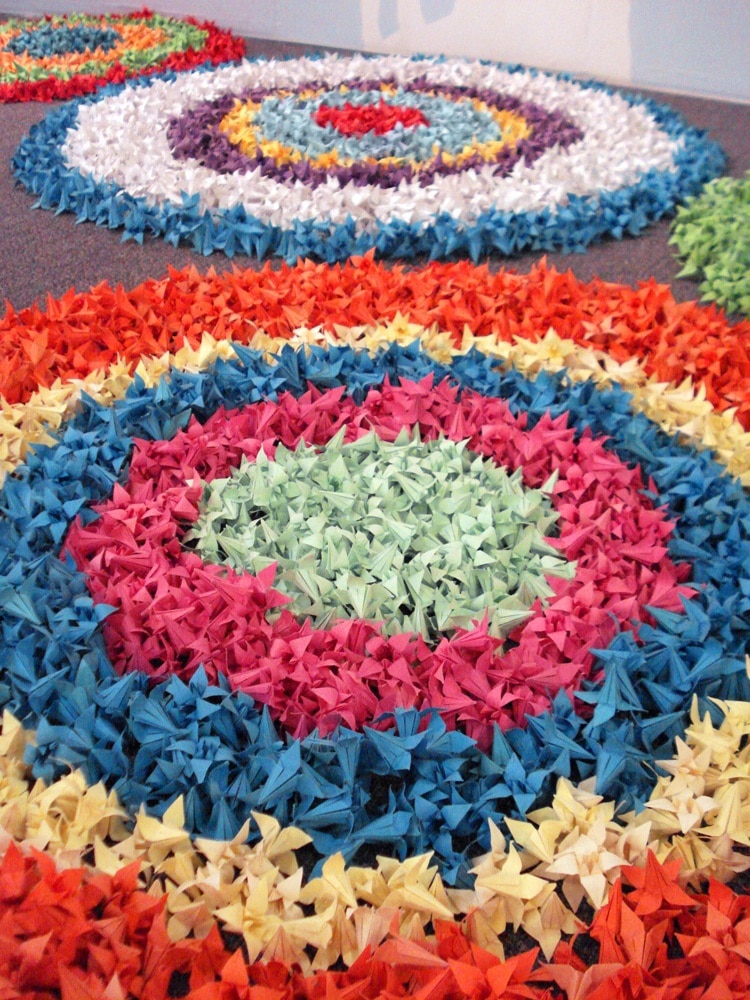
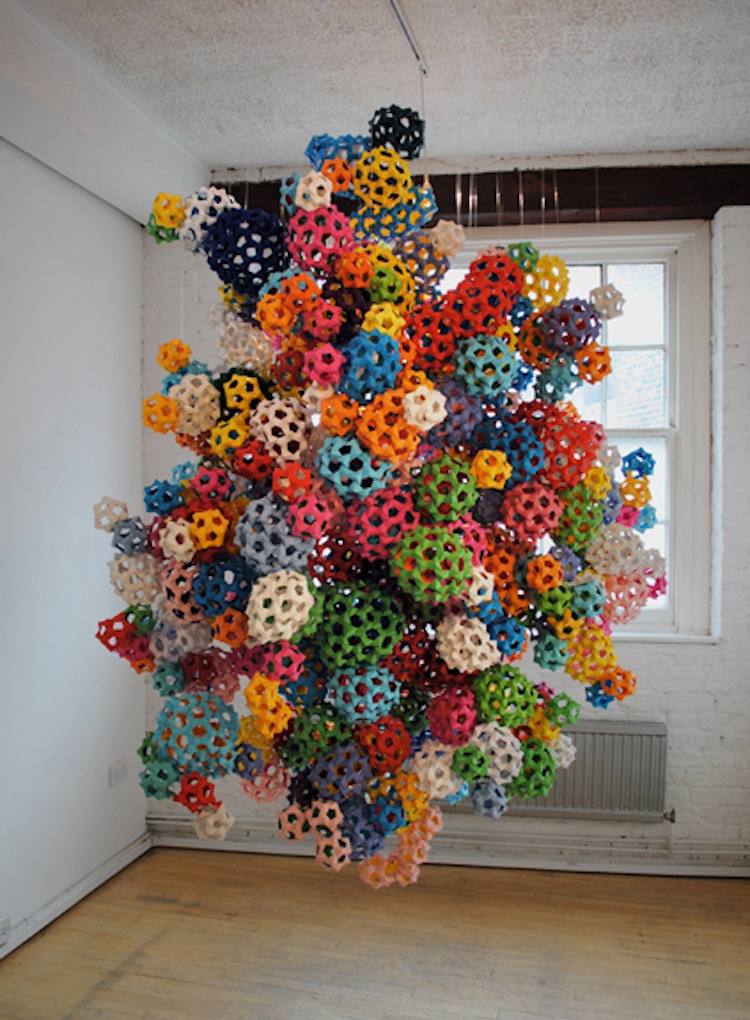
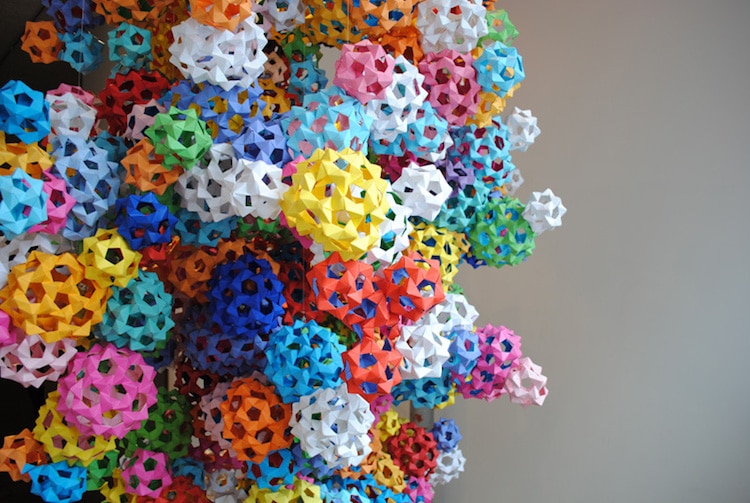
Manchester-based artist James Roper folded 10,000 origami flowers in an installation inspired by the Japanese tradition of folding 1,000 paper cranes in order to be granted a wish. Also attracted by the idea of work made of multiples, he spent three years folding flowers himself in order to complete this personal challenge.

